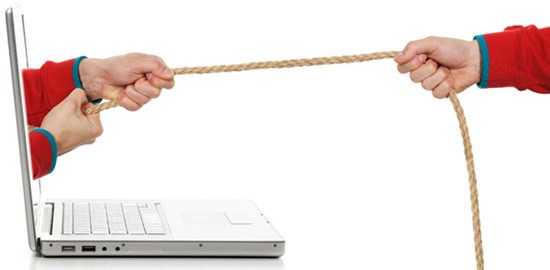
For years, email marketing experts (myself included) have been preaching the benefits of list-cleaning. We tell you to frequently cleanse your list of inactive subscribers. These are the people that never open your emails. They provide no value, and they may end up hurting your deliverability score, thereby making it more difficult to get your emails seen by those who are still active.
Turns out, times have changed. That’s no longer good advice. And I want to be the first one to take it back.
MailChimp recently published their own internal findings, based on over 6 billion email sends, that prove this theory wrong.
To complete their study, they looked at emails and purchases from a large number of e-commerce retailers who use MailChimp’s tools. And they found that, on average, both active and inactive subscribers were more likely to place an order than non-subscribers, and that the average order value was larger than non-subscribers.
Wait, what?
MailChimp separated purchases into 3 distinct groups. Those made by active subscribers – people who had interacted with an email in the last 6 months, those made by inactive subscribers – people who had not, and those made by non-subscribers – people who were not present on the retailers’ email list.
We would expect active subscribers to be better customers than non-subscribers. But the truly surprising finding was that inactive subscribers purchased just as frequently as active subscribers, and were 26% more likely to make a purchase than non-subscribers.
Do we know why?
There is no data from these findings that clues us into the reason this is the case. But the theory goes that people who subscribe to your list are a) more likely to want to shop with you in the future, and b) exposed to your brand more often through emails, even if they don’t interact with them, than non-subscribers.
So what does this mean for you?
Think twice about removing those inactive subscribers from your list. Instead, you might consider moving them to a new list of inactive subscribers, where you might send them less-frequent emails, or different kinds of emails encouraging them to re-engage.
But by removing them completely, or stopping all communication, you may risk losing out on future business.
Digital & Social Articles on Business 2 Community(30)
Report Post






